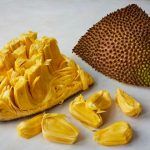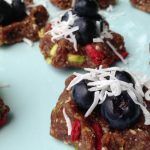Parents get out your diaries, because 25 September is world school milk day. Organised by the Food and Agriculture (FAO) of the United Nations, it’s a global celebration of the benefits of giving children milk at school. Now, I’m not talking about celebrating the flavoured, sugar-laden, coloured milk that Jamie has campaigned hard to remove from schools in the US. I’m talking about the hearty white stuff, the staple we all know and love as a great, healthy alternative to many other drinks.
Milk is currently only free to schools for under-fives, but prices are subsidised for older children by EU law. In April this year, school funding changed for all primary and secondary schools (including academies), so schools now have greater control over how their budget is spent and who supplies the school milk, whether it’s the local authority or a nearby dairy supplier.
Throughout September and October, MPs in the UK will visit primary schools and nurseries to hand out milk to children and reinforce the importance of milk – and you can get involved too. If you’re a parent, speak to your children’s school to see what they have planned for the big day. You could suggest some ideas of how to celebrate or help organise an activity to teach children where milk comes from, such as a visit to a dairy farm. The British Nutrition Foundation also provides plenty of free resources and ideas to help children understand more about milk.
Milk is most famous for the calcium it contains, which helps keep our bones and teeth strong and healthy. Skimmed, semi-skimmed and whole milk each provide varying fat contents, but they all provide around the same amount of calcium. However, it’s recommended that children between the ages of one and two have whole milk, because it contains more vitamin A and calories – which is essential because they have huge energy requirements. From two years onwards semi-skimmed milk can be slowly introduced.
A small glass of semi-skimmed milk (around 200ml) provides less than 100 calories, so it’s a great drink to hydrate with and a better option than fizzy drinks loaded with added sugar, which can lead to tooth decay. You don’t have to have it on its own either – I love milk in homemade fruit smoothies and this is always a great way to get fruit and a serving of milk in, especially at breakfast. So get your children drinking more milk and tell us if you notice a difference in your child’s behaviour and concentration levels. We’d also love to know what you’ll be doing to celebrate world school milk day!























